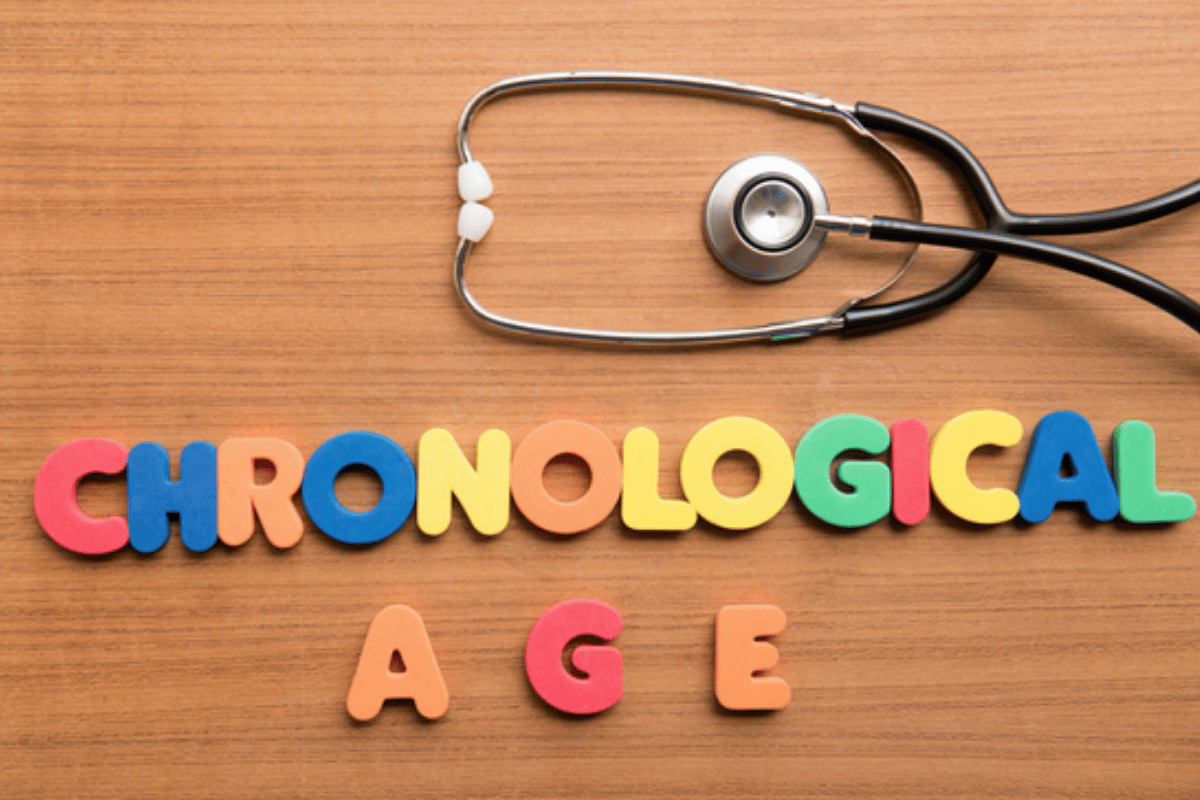Introduction to Medical Chronologies
Table of Contents
A well-composed medical chronology can serve as a beacon of clarity in the intertwining worlds of legal disputes and healthcare. This pivotal document provides a timeline of a patient’s healthcare journey, elucidating medical events organized and linking dates with medical occurrences. It turns complex medical data into a decipherable narrative that enhances case comprehension and supports litigation processes. A medical chronology is indispensable for legal professionals, offering an organized overview that assists in strategy formulation and case evaluation.
As the demand for clarity and precision in medical documentation continues to rise, mastering the process of creating a compelling medical chronology becomes increasingly critical. Whether you are a seasoned attorney or a meticulous healthcare provider, the ability to craft a precise medical chronology is invaluable. It facilitates understanding within legal settings and fosters more transparent communication among healthcare providers, paving the way for more vigorous advocacy and defense in legal proceedings.
The Importance of a Well-Structured Medical Chronology
The significance of a well-structured medical chronology cannot be overstated. At its core, it serves as the backbone for understanding the medical narrative of a case, highlighting the sequence of events and underscoring critical junctures in a patient’s healthcare journey. It is a pivotal tool for bridging the gap between complex medical documentation and legal strategy, facilitating a thorough assessment of care delivery and outcome implications. A comprehensive chronology aids legal teams by streamlining the review process, enabling them to systematically analyze the progression of medical events and fortify their arguments. Delve deeper into its significance within the legal realm.
Key Components of an Effective Medical Chronology
- Date of Each Medical Event: The chronological structure rests primarily on an accurate timeline. Recording dates meticulously ensures that every aspect of a patient’s medical journey is captured in the correct sequence, laying the foundation for a coherent narrative.
- Source of Information: Validating the source of each entry is vital. Medical records, doctor’s notes, and diagnostic results must be documented meticulously, attributing the origins of the information to ensure authenticity.
- Details of Procedures: Each medical intervention or consultation involves detailing the specifics. These encompass procedures undertaken, observations made, and treatment protocols applied. Capturing these details comprehensively provides the analytical depth needed to support legal arguments.
- Outcome or Follow-Up Needed: The repercussions of each medical event, including outcomes and suggested follow-up actions, are crucial in evaluating care effectiveness and future care requirements.
Steps to Create a Medical Chronology
- Gather All Relevant Documents: Collect every piece of medical documentation associated with the patient. This includes medical histories, lab results, procedural documentation, and communication records. A comprehensive collection serves as the data pool from which the chronology is constructed.
- Organize Chronologically: Arrange the collected documents by date. Chronological order maintains an easy-to-follow flow, aiding in identifying trends and patterns within the medical data.
- Summarize Key Events: A succinct summary should be drafted for each significant medical event. These summaries encapsulate the essence of interventions and observations, providing a clear snapshot of pivotal points in the patient’s care.
- Verify Accuracy: It is paramount that each entry’s accuracy is confirmed. Cross-referencing data against multiple sources helps to eliminate discrepancies and ensure reliability.
- Review with Professionals: Before finalizing the chronology, consult legal and medical experts. Their insights can uncover nuances that bolster the document’s credibility and usefulness.
Common Challenges and How to Overcome Them
Creating a precise medical chronology involves overcoming several challenges. Inconsistent documentation, missing records, and information overload are common hurdles. A strategic methodology emphasizing comprehensive data collection and meticulous verification can address these issues effectively. Furthermore, collaboration with healthcare professionals can bridge informational gaps and ensure thoroughness. Explore more strategies to combat common issues in data documentation.
Best Practices for Maintaining Accuracy
Ensuring accuracy is of utmost importance. To maintain high levels of precision, it is helpful to establish a verification checklist that cross-references data against multiple sources, ensuring discrepancies are addressed promptly. Focusing on clear, jargon-free language augments understanding, and seeking expert validation for intricate medical terminologies strengthens the document’s reliability. Regular updates and reviews of the chronology also play a critical role in sustaining its accuracy and relevance, reflecting any changes or new information that may arise.
Using Technology to Enhance Medical Chronologies
Incorporating technology into the creation of medical chronologies has proven to be a game-changer. Advanced software solutions offer functionalities such as automated data extraction, interactive templates, and secure digital storage. These tools significantly enhance the accuracy and efficiency of the chronology-building process, reducing manual errors and conserving considerable time and effort. By embracing technological advancements, professionals can produce more comprehensive and precise documents, aligning with the ever-evolving needs of the healthcare and legal landscapes.
Conclusion and Additional Resources
Crafting a robust medical chronology is both an art and a science, demanding precision and diligence. Following structured best practices, overcoming challenges holistically, and leveraging innovative technology is key to creating a document that effectively enhances legal cases. As the landscape evolves, staying informed and updated with the latest methodologies and tools remains essential. Engaging with professional guides and resources will support continued learning and mastery in this vital domain.

